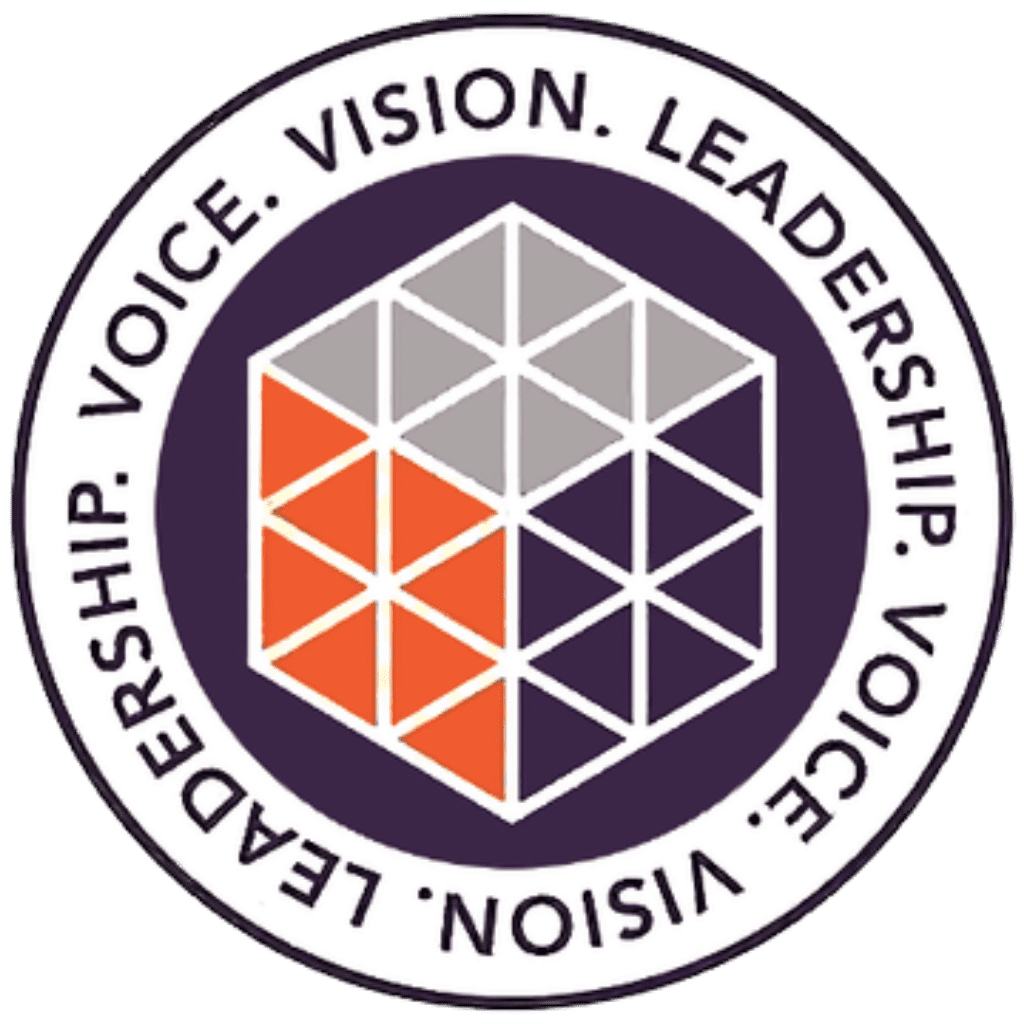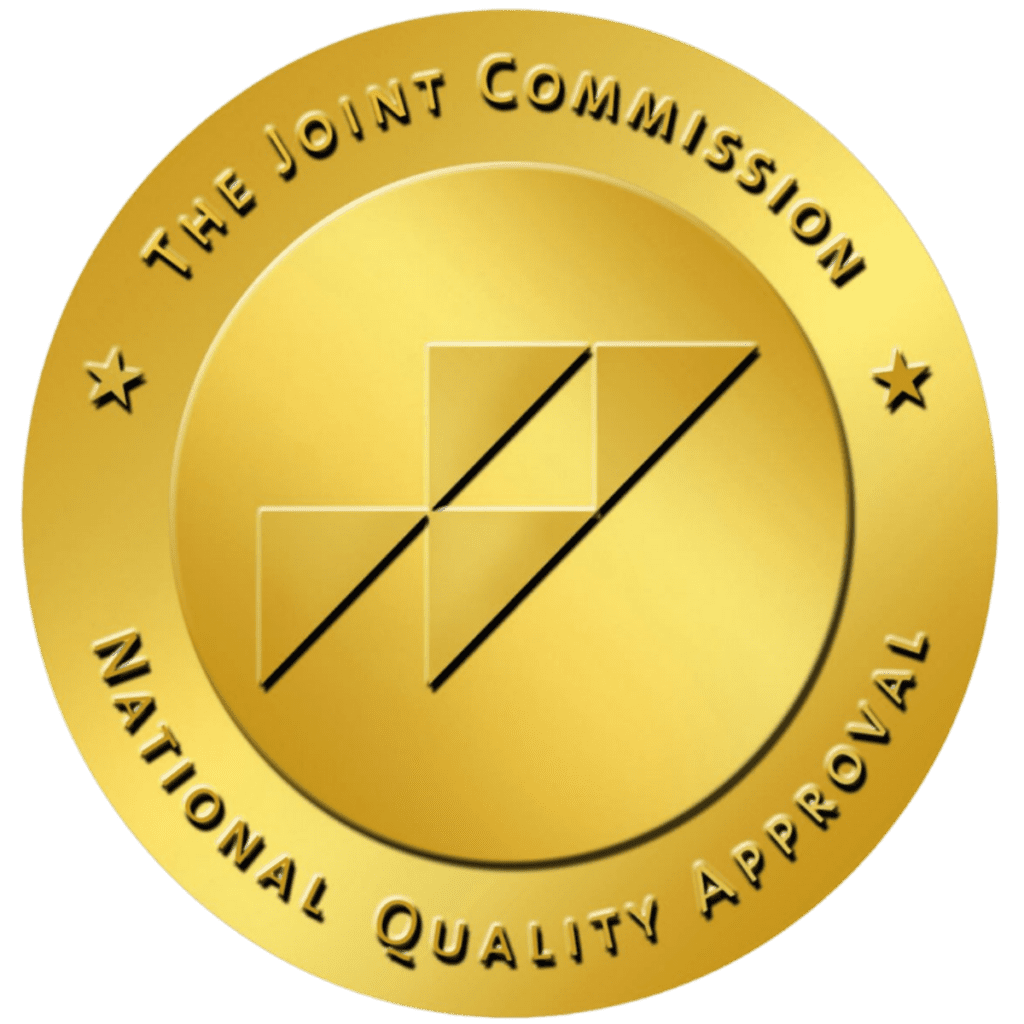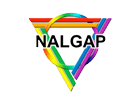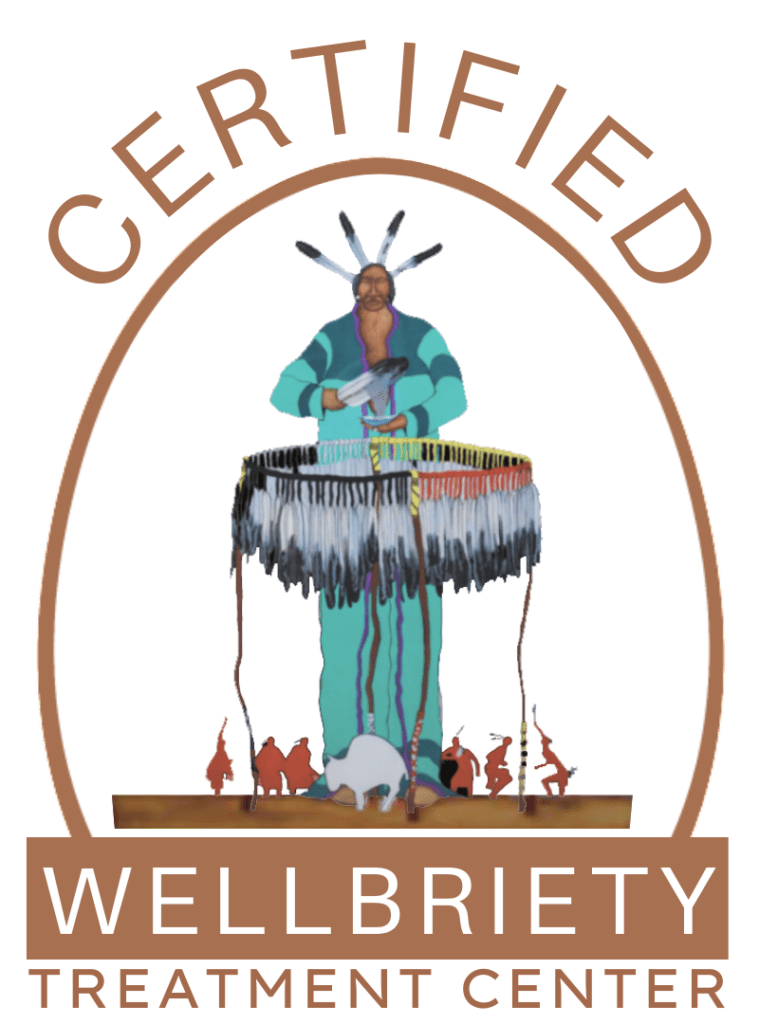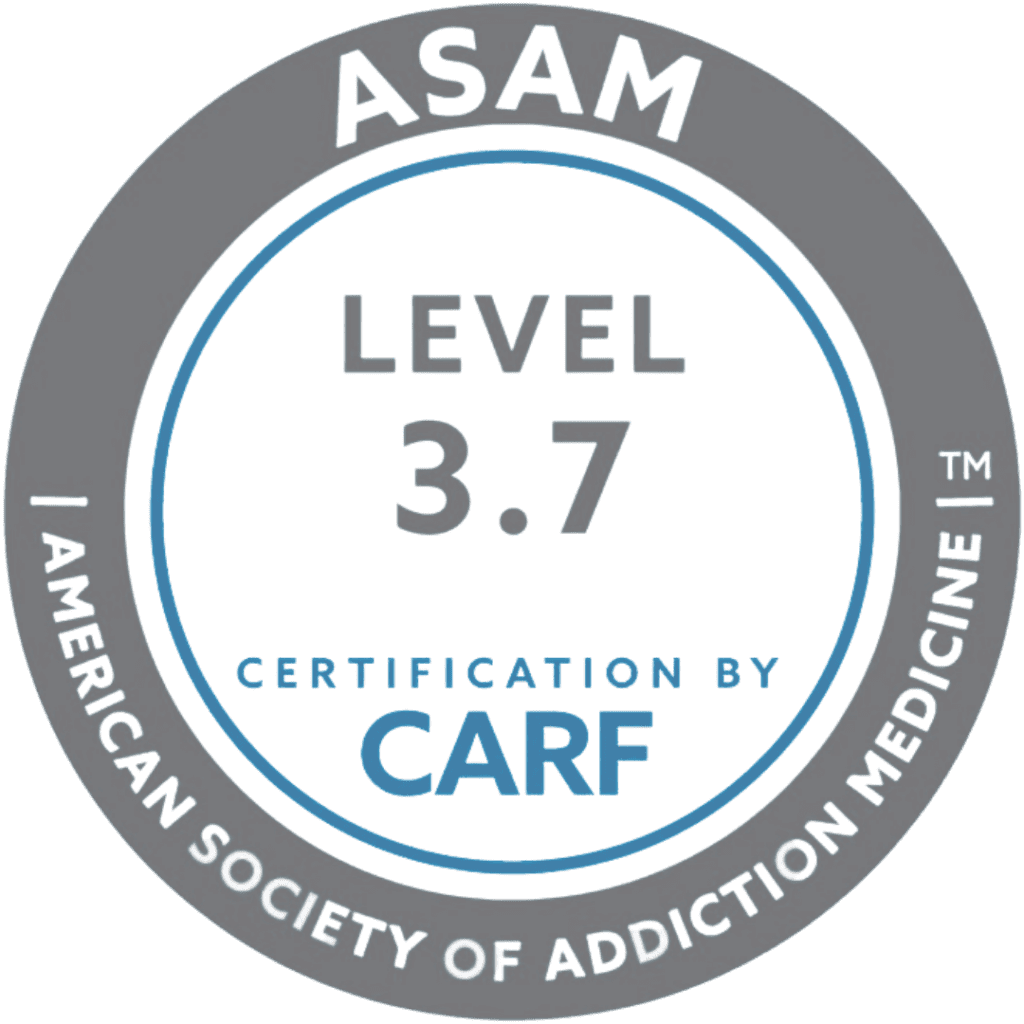In August 2022, drug enforcement authorities noted that pills containing the fentanyl were being manufactured in various colors. Commonly known as rainbow fentanyl, these pills come in a variety of bright colors, shapes, and sizes. So, what are rainbow fentanyl pills and why are they such a threat to kids and young adults? It’s important to understand the dangers of prescription opioids and explore treatment options that can help you or someone you know recover from fentanyl addiction.
What Is Fentanyl?
Fentanyl is a frequently prescribed opioid painkiller that is 50 times stronger than heroin and 100 times more potent than morphine. Its remarkable strength makes it an effective treatment in managing the most severe forms of pain, such as breakthrough cancer pain and post-surgical pain. However, fentanyl’s strength also contributes to the unfortunate prevalence of opioid addiction.
As a member of the opioid family of medications, fentanyl functions by blocking pain receptors in the brain while simultaneously increasing the production of dopamine. Dopamine, a crucial brain chemical, plays a pivotal role in regulating the learning and reward system. It also significantly influences our ability to manage pain, experience happiness, and feel pleasure.
The unparalleled potency of fentanyl, coupled with its euphoric effects, results in a high potential for abuse, dependence, and addiction. Regrettably, the prescription drug’s highly addictive nature has propelled it to the forefront of the opioid crisis. Now, fentanyl is the leading cause of overdose deaths in the United States.
What are Common Slang Terms for Fentanyl
While fentanyl can be taken safely for prescribed medical use, its role in illicit drug use continues to rise. Like all prescription and illegal drugs found on the black market, fentanyl is know by a variety of street names. Common slang terms for fentanyl include:
- China white
- China girl
- TNT
- Crush
- Dance fever
These aliases often change from one region to next, assisting in the concealment of its underground circulation. They also highlight fentanyl’s popularity and widespread misuse. For this reason, it’s essential to recognize and understand the dangers associated with fentanyl. Increased awareness, education, and access to evidence-based treatment options are all crucial components of addressing the challenges of fentanyl addiction.
Fentanyl Statistics
Fentanyl remains the deadliest drug threat facing this country. According to the CDC, 107,622 Americans died of drug overdoses in 2021, with 66 percent of those deaths related to synthetic opioids like fentanyl. Drug poisonings are the leading killer of Americans between the ages of 18 and 45. Fentanyl available in the United States is primarily supplied by two criminal drug networks, the Sinaloa Cartel and the Jalisco New Generation Cartel.
Fentanyl has been implicated in overdose deaths because it is commonly used to lace other drugs, like heroin. Frequently, people do not even know that fentanyl is in the drug they are taking. This results in many unintentional overdoses.
Campus Drug Prevention, an initiative by the Drug Enforcement Administration (DEA), says that fentanyl-laced cocaine is a particular concern across college campuses today. If you use any illicit drug, there is the possibility that it is laced with fentanyl.
Popular Name Brands and Routes of Administration of Fentanyl
Many people wonder, “What does prescription fentanyl look like ad how is it taken?” There are many different types of prescription fentanyl, including:
- Actiq: Known as fentanyl lollipop, this is administered under the tongue for quick pain relief. It’s used for patients who are already taking painkiller medication.
- Duragesic: Designed in the form of a skin patch, this type of fentanyl is prescribed to treat severe to moderate pain, with the effects lasting as long as three days.
- Sublimaze: Hospitals administer this form of heroin through an IV injection to manage pain before and after surgery.
- Subsys: This sublingual spray is administered under an individual’s tongue to deliver pain relief immediately for the treatment of breakthrough cancer pain.
- Abstral: Primarily used for opioid-tolerant patients who experience breakthrough cancer pain, this comes in tablet form that dissolves quickly by being placed under the tongue.
- Lazanda: This fentanyl nasal spray gets into a person’s system quickly.
Illicit fentanyl sold on the street is usually found in pill or tablet form. Illegal fentanyl may sometimes be sold in brightly colored pills called rainbow fentanyl. It is also sold as powder, on blotter paper, as tablets that look like other prescription medication, or as a liquid.
It is important to note that fentanyl should only be prescribed by a trained healthcare professional. This is because fentanyl — both as a prescription and as an illegal drug — has a high potential for abuse and can lead to overdose if not taken as directed.
Get confidential help from our addiction and mental health treatment facilities located across the United States. Call to join one of our quality programs today!
Speak With Our Admissions TeamWhat Is Rainbow Fentanyl?
Rainbow fentanyl — fentanyl pills and powder that come in a variety of bright colors, shapes, and sizes — is a deliberate effort by drug traffickers to drive addiction amongst kids and young adults, according to DEA Administrator Anne Milgram. The DEA continues to issue warnings about these pills, emphasizing the need for heightened awareness. Since August 2022, U.S. law enforcement has seized rainbow fentanyl in Arizona, Tennessee, Connecticut, and 23 other states.
The question arises: Why the vibrant colors? The intention is sinister — to make these deadly drugs resemble candy or other innocent items, posing a significant risk, especially during events like Halloween. Every October, officials warn the public about the rainbow fentanyl Halloween candy connection.
The dangers of rainbow fentanyl lie in its potent opioid nature, but also in its deceptive appearance. Young people, in particular, are at risk of unknowingly consuming these pills, leading to life-threatening consequences. The appeal of brightly colored pills masks the serious, life-threatening consequences that they pose, making education and awareness crucial in combating these dangerous, illegal drugs.
Why Is Fentanyl Dangerous?
Due to the strength and accessibility of rainbow fentanyl, it is now one of the most commonly abused opioids. However, the dangers of fentanyl abuse are clear as illegal pills continue to fuel the opioid epidemic and overdose deaths. Both short-term and long-term abuse of this potent opioid can result in severe adverse effects.
Short-term effects of fentanyl include:
- Pain relief
- Euphoria
- Respiratory depression
- Drowsiness
- Nausea
- Confusion
- Sedation
Despite the negative side effects, people still abuse fentanyl for its pain relieving and euphoric effects. However, the line between the short-term and long-term effects is often blurred, as prolonged abuse can lead to tolerance and dependence.
Long-term abuse of fentanyl can have devastating consequences, including:
- Addiction
- Cognitive impairments
- Weakened immune function
- Respiratory failure
- Painful fentanyl withdrawal symptoms
- Increased risk of overdose
Fentanyl abuse poses a substantial risk of overdose due to its potency. Even a small miscalculation in dosage can have fatal results. Understanding these risks is essential in addressing the fentanyl crisis and promoting awareness of this serious public health concern.
Finding Fentanyl Addiction Treatment
Recognizing the need for help is the first step toward overcoming fentanyl addiction. Seeking treatment at a licensed fentanyl recovery clinic is crucial for a safe and supportive recovery journey. The process typically involves a comprehensive assessment of the individual’s medical history, substance use, and relevant factors.
Finding a reputable fentanyl recovery clinic involves considering a range of factors, such as:
- Licensure and accreditation
- Experienced medical staff
- Personalized care
- Holistic and wellness services
- Comprehensive addiction treatment programs
- Medication-assisted treatment options
- Treatment for co-occurring mental health disorders
Getting help for prescription drug addiction saves lives. The journey to recovery begins with acknowledging the need for help and taking the courageous step toward finding the right rehab facility.
Looking for quality treatment for substance abuse and mental health that’s also affordable? Aliya Health Group's treatment facilities accept most major insurance providers. Get a free insurance benefits check now!
Check Your CoverageTreatment for Fentanyl Addiction
Aliya Health Group stands at the forefront of comprehensive fentanyl addiction treatment, offering a range of options to meet the diverse needs of individuals on their recovery journey. Our treatment process is designed to address the physical, psychological, and emotional aspects of addiction.
Treatment for fentanyl addiction includes:
- Opioid detox programs offer medically assisted detoxification, as well as support and resources to manage withdrawal symptoms.
- Residential treatment programs provide a structured and supportive environment for those requiring 24/7 medical care and intensive therapy.
- Outpatient treatment programs offer flexibility for individuals with a strong support system, allowing them to attend therapy sessions while maintaining their daily responsibilities.
- Aftercare provides continuing care services for those in long-term recovery to ensure that people receive ongoing support and guidance following treatment.
Aliya Health Group understands that recovery is a unique and ongoing process. Therefore, treatment plans are tailored to the individual, incorporating evidence-based therapeutic interventions, counseling, and support groups. The goal is to equip individuals with the tools and skills necessary to maintain sobriety and build a life free from the grips of fentanyl addiction.
Seeking treatment at one of Aliya Health Group’s reputable drug rehab centers offers a lifeline to those grappling with an addiction to rainbow fentanyl. Our behavioral health centers can provide a path toward recovery, healing, and a brighter future.











